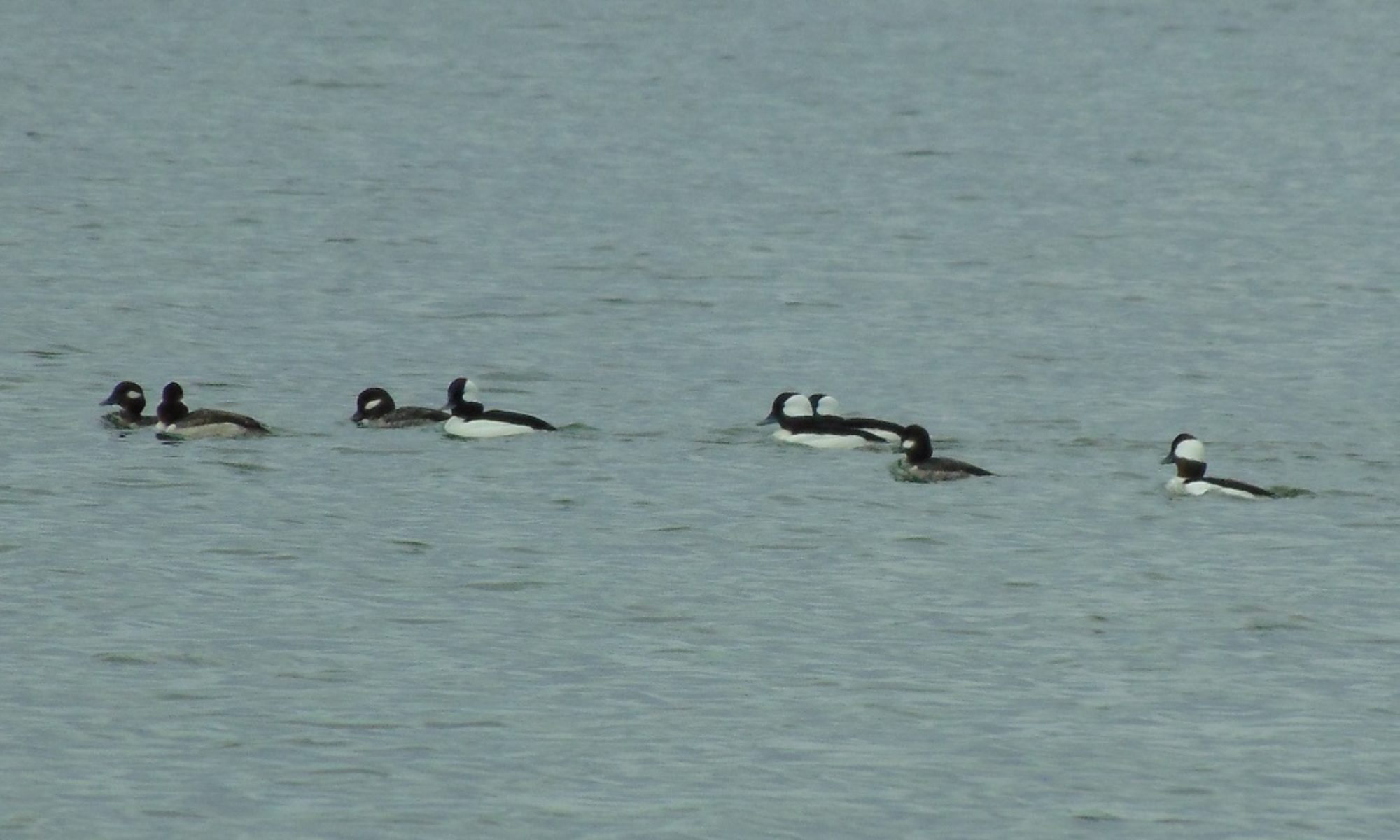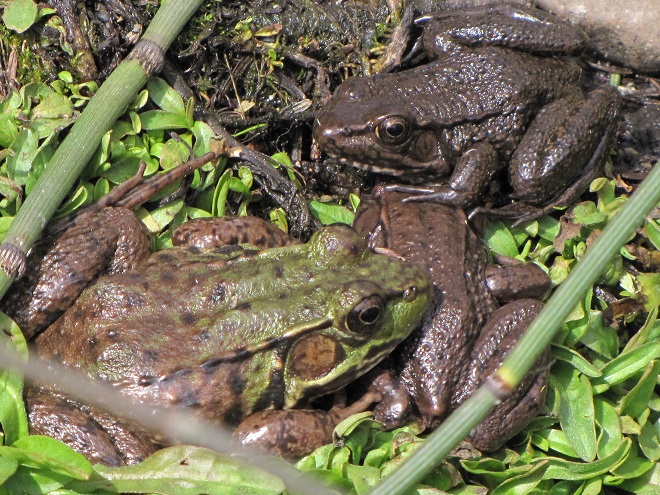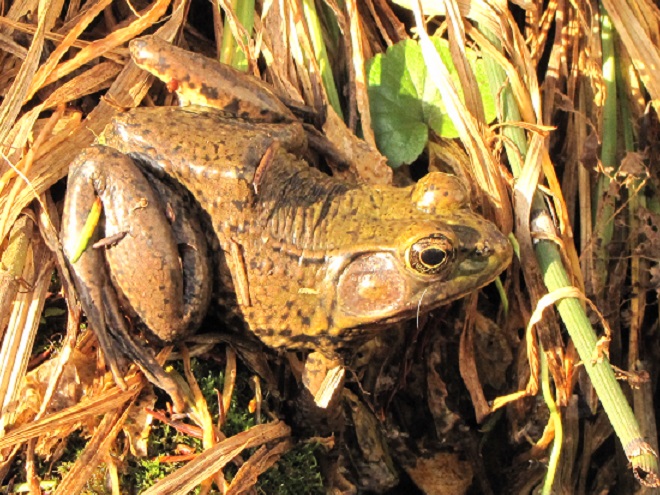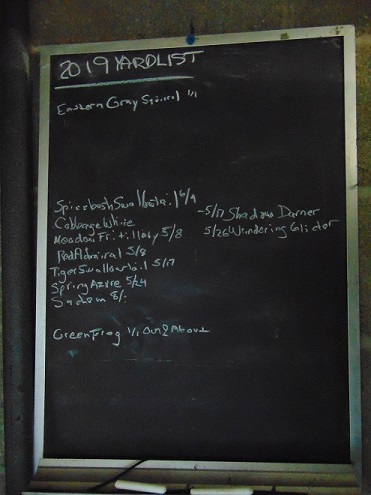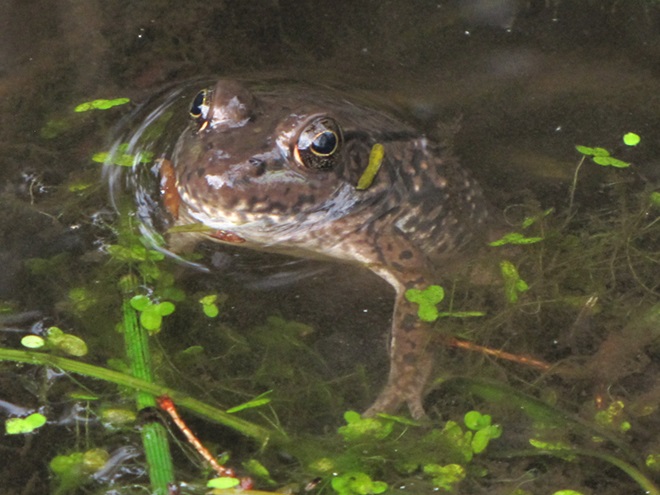
The Best Sneakers
When you were young, you may have selected your tennis shoes because they promised to make you run faster and jump higher. Remember those? Then as you got a bit older, you may have really wanted the brand that would get you noticed—those overpriced status-symbol athletic shoes. As the years went by and you put on the extra pounds in all the wrong places, maybe it occurred to you that it might be a really good idea to get some exercise. So you went out and bought some stylish and expensive fitness footwear that promised to help you run faster and jump higher—and wore that pair to go shopping at the grocery store. Then you finally realized…
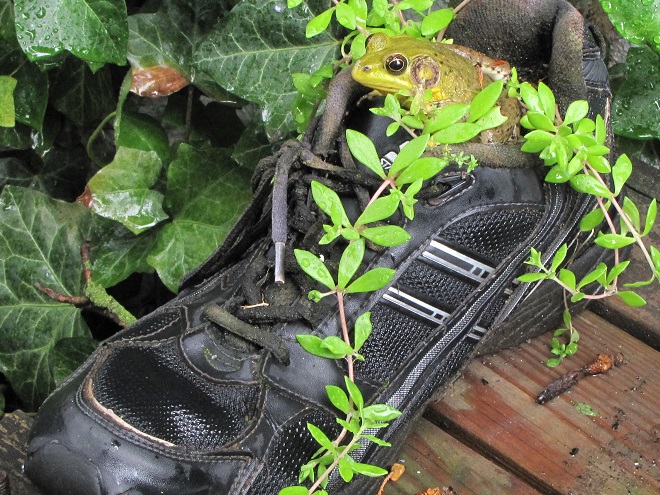
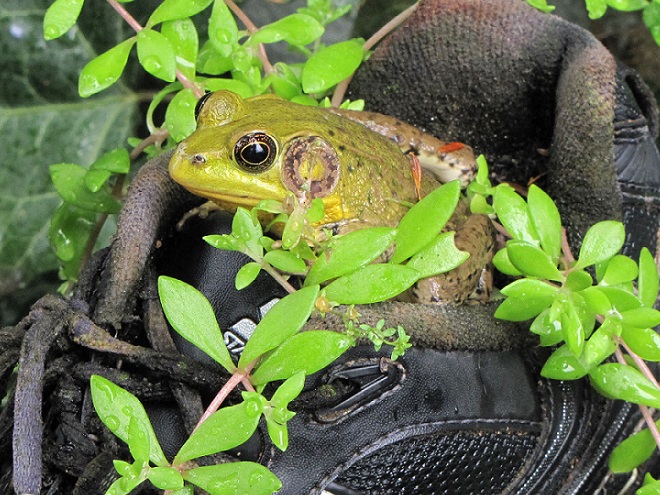
Photo of the Day
These Geese are Outta Here!
Flies? Cabbage White butterflies? Can it really be a late-February day? It certainly is. Here are a few more signs of an early spring.
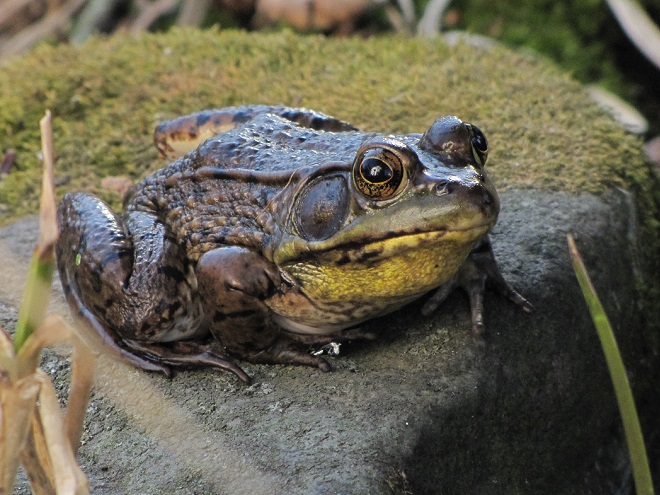
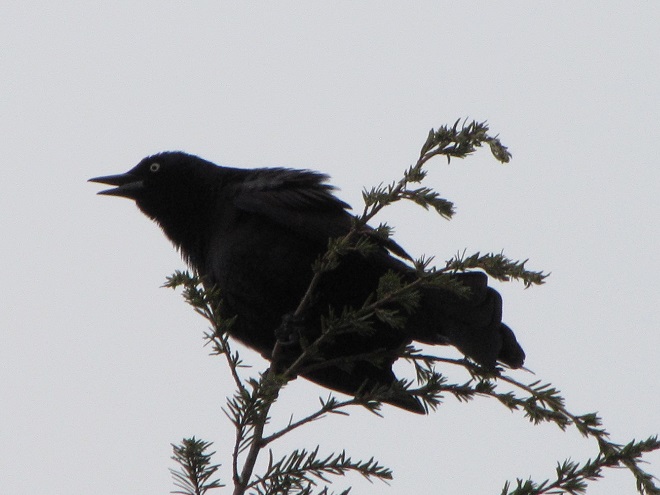
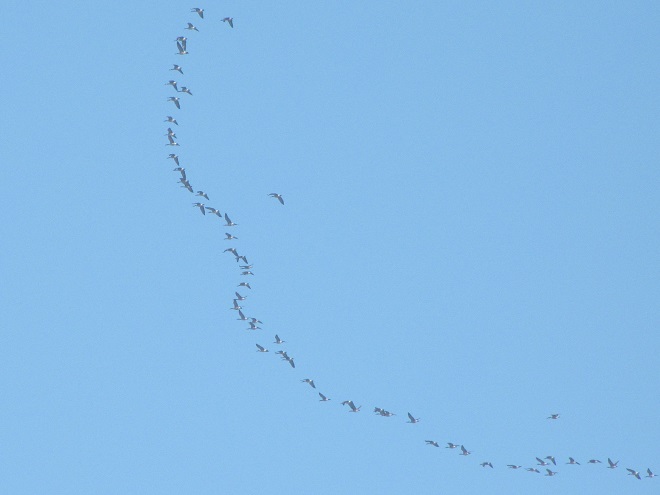
Migratory Waterfowl on Local Ponds and Lakes
Following the deep freeze of a week ago, temperatures soaring into the fifties and sixties during recent days have brought to mind thoughts of spring. In the pond at susquehannawildlife.net headquarters, Green Frogs are again out and about.
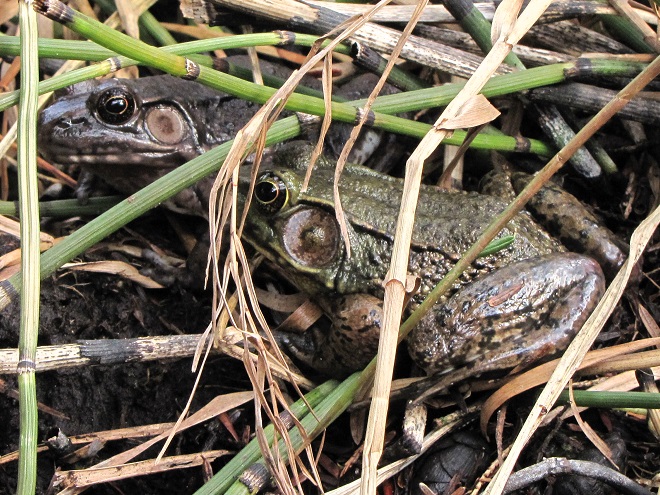
But is this really an early spring? Migrating waterfowl indicate otherwise. Having been forced south from the Great Lakes during the bitter cold snap, a variety of our tardy web-footed friends belatedly arrived on the river and on the Susquehanna Flats of upper Chesapeake Bay about ten days ago. Now, rising water from snow melt and this week’s rains have forced many of these ducks onto local lakes and ponds where ice coverage has been all but eliminated by the mild weather. For the most part, these are lingering autumn migrants. Here’s a sample of some of the waterfowl seen during a tour of the area today…
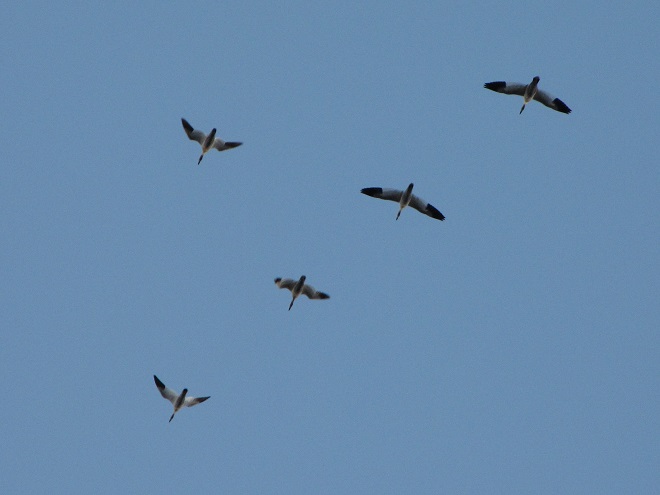
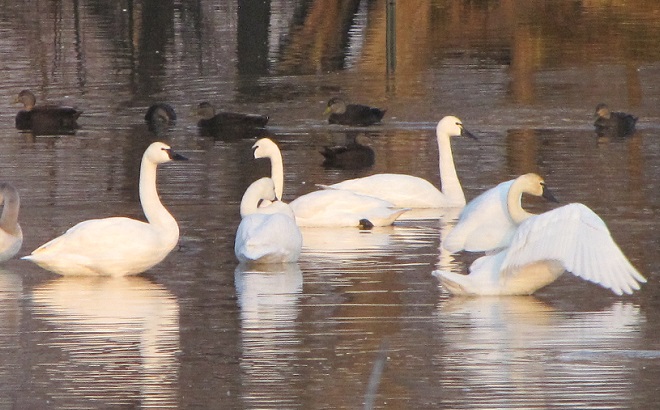
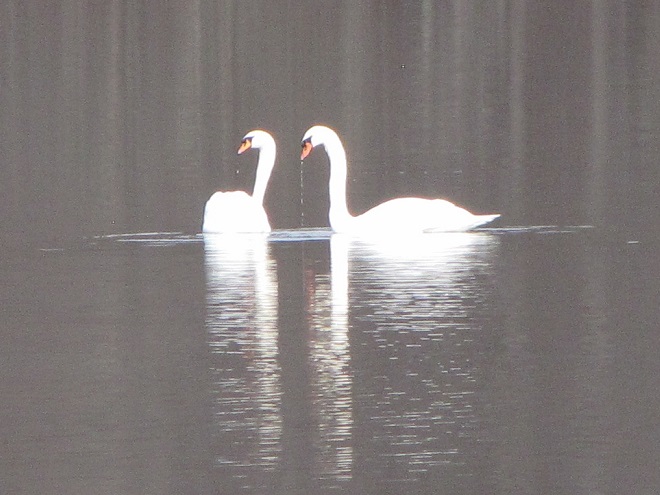

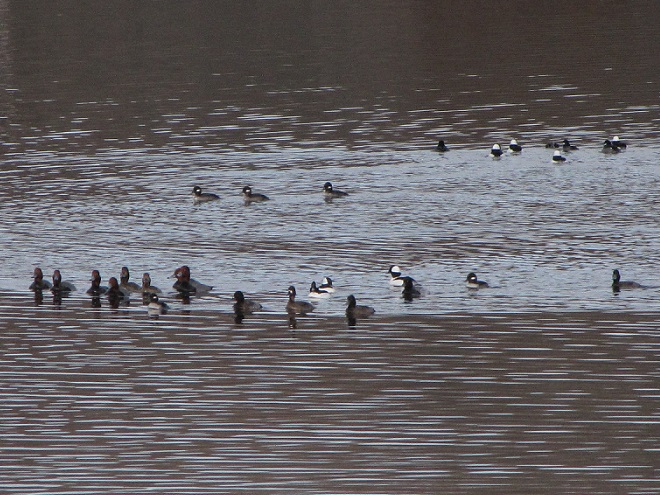
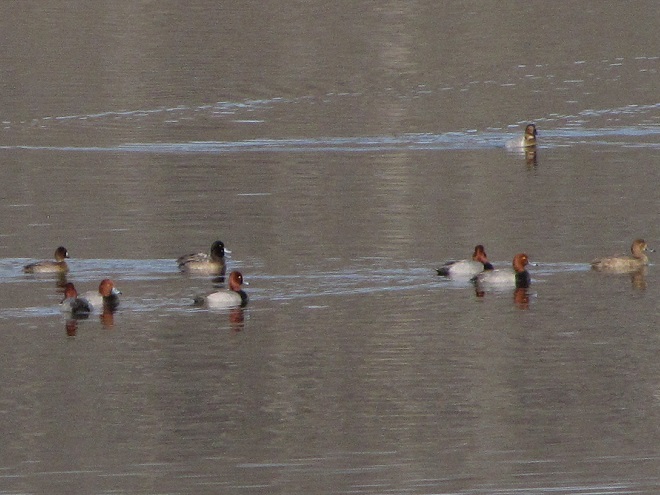
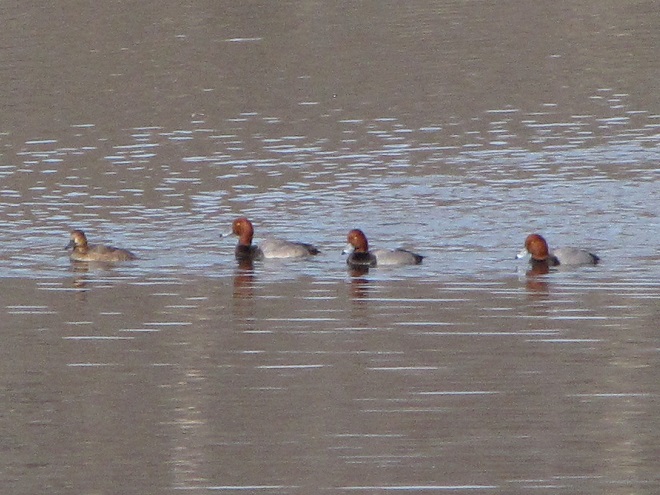
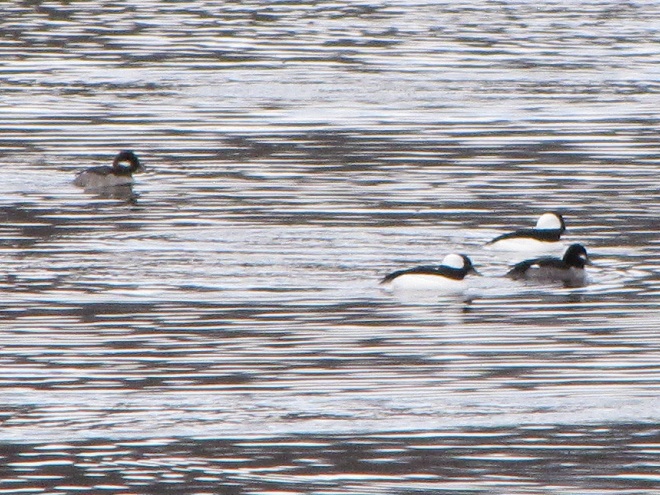
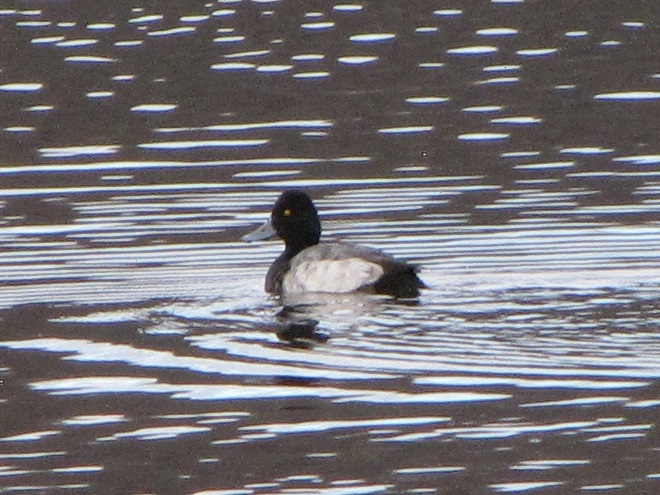
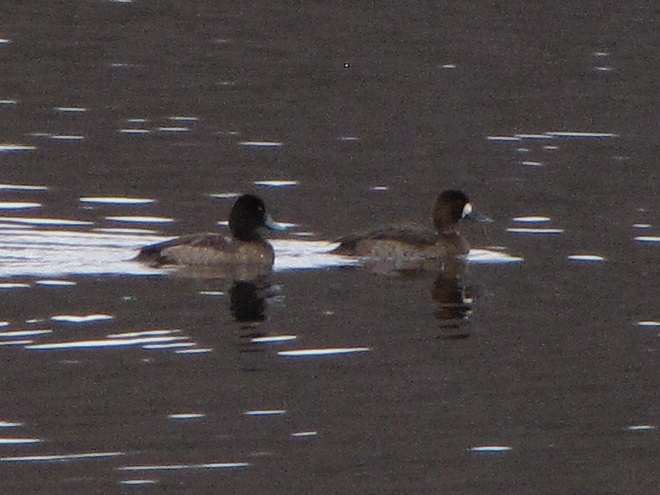
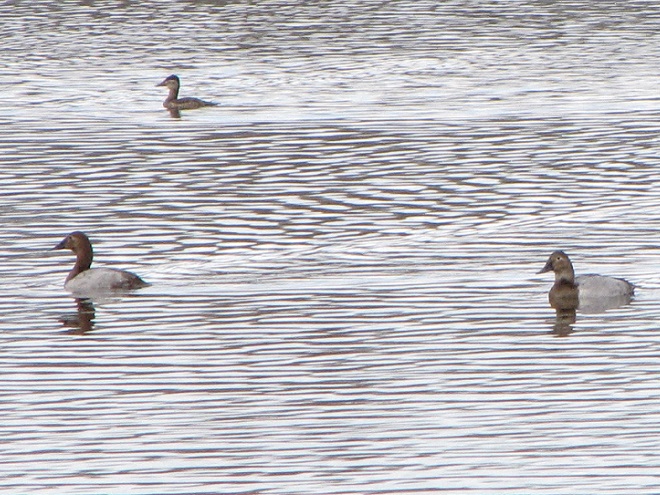
With the worst of winter’s fury still to come, it’s time to say farewell to most of these travelers for a little while. With a little luck, we’ll see them again in March or April.
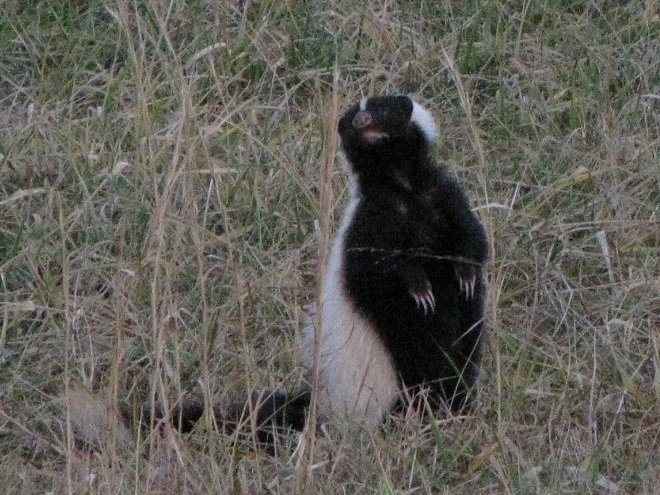
Photo of the Day
A Springtime Quiz
The mild winter has apparently minimized weather-related mortality for the local Green Frog population. With temperatures in the seventies throughout the lower Susquehanna valley for this first full day of spring, many recently emerged adults could be seen and, on occasion, heard. Yellow-throated males tested their mating calls—reminding the listener of the sound made by the plucking of a loose banjo string.
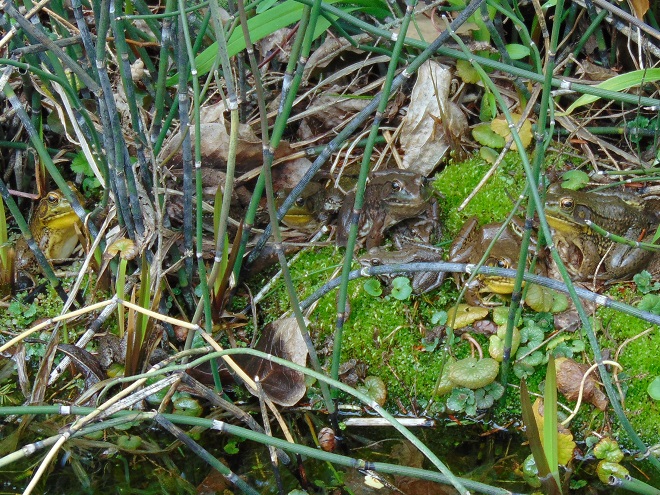
If you venture out, keep alert for the migrating birds of late winter and early spring.
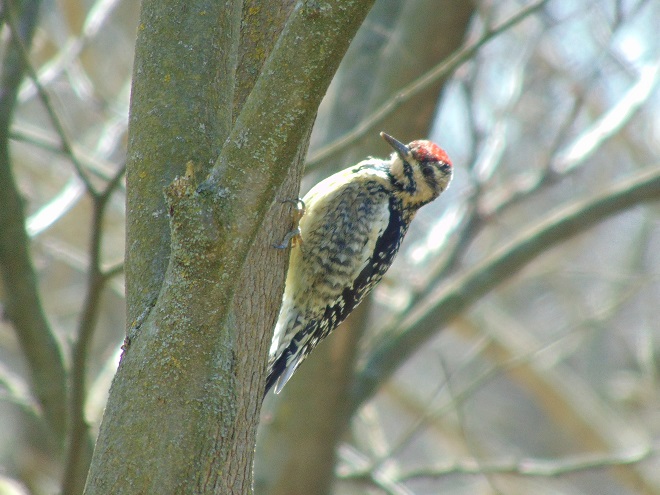
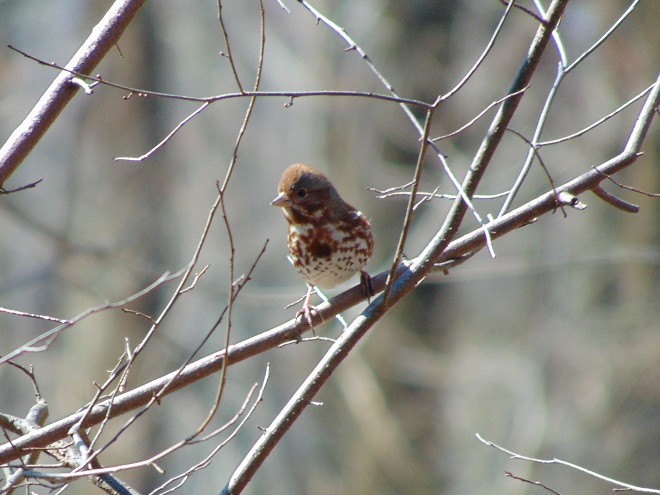
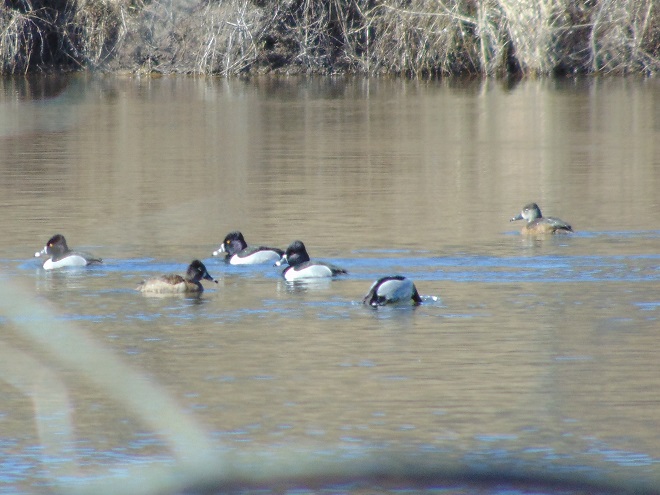
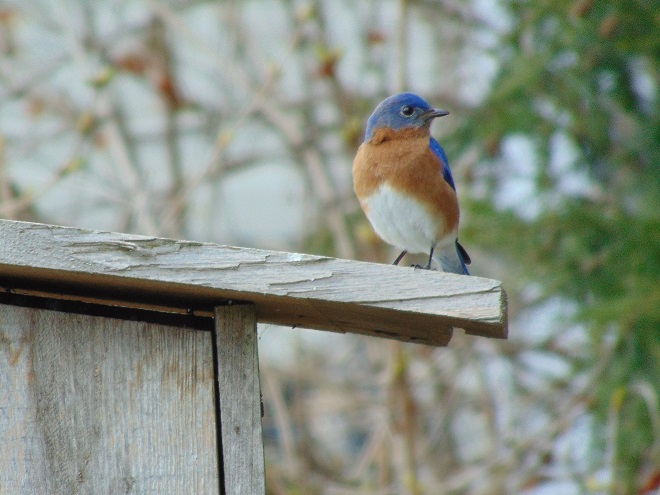
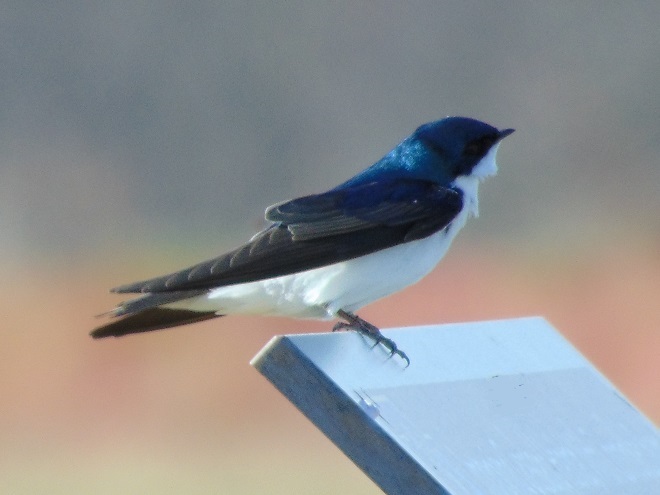
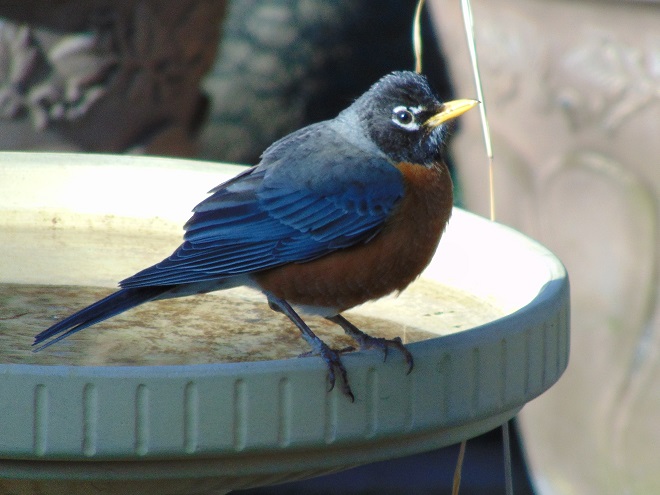
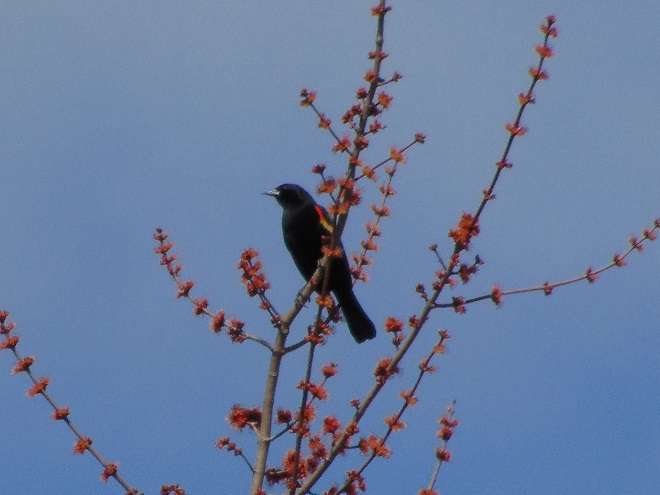
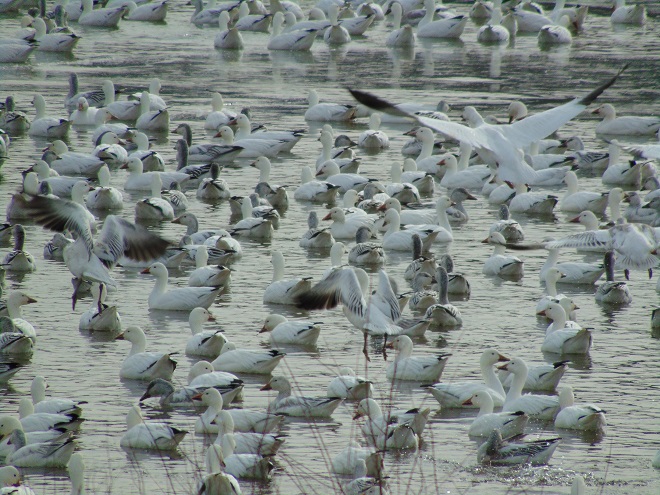
If you’re staying close to home, be sure to check out the changing appearance of the birds you see nearby. Some species are losing their drab winter basic plumage and attaining a more colorful summer breeding alternate plumage.
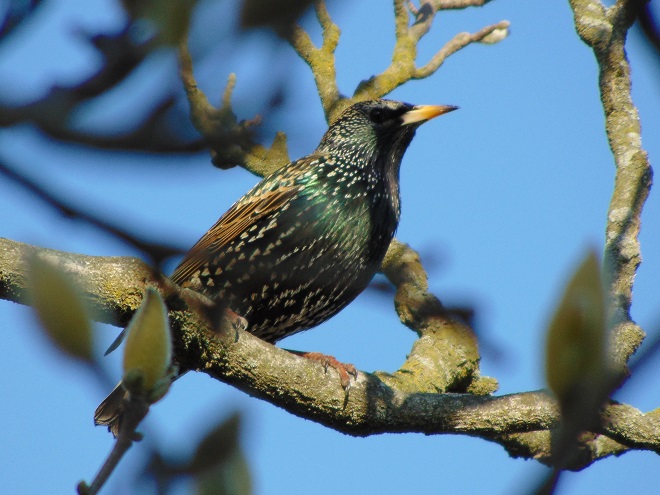
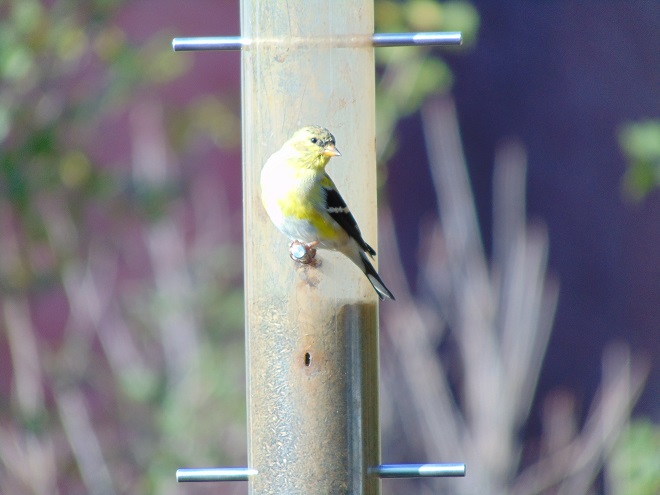
So just how many Green Frogs were there in that first photograph? Here’s the answer.
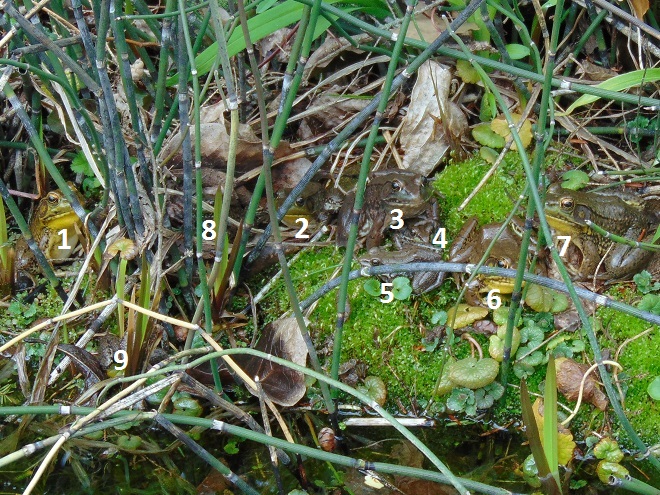
Happy Spring. For the benefit of everyone’s health, let’s hope that it’s a hot and humid one!
Clean Slate for 2020
Inside the doorway that leads to your editor’s 3,500 square foot garden hangs a small chalkboard upon which he records the common names of the species of birds that are seen there—or from there—during the year. If he remembers to, he records the date when the species was first seen during that particular year. On New Year’s Day, the results from the freshly ended year are transcribed onto a sheet of notebook paper. On the reverse, the names of butterflies, mammals, and other animals that visited the garden are copied from a second chalkboard that hangs nearby. The piece of paper is then inserted into a folder to join those from previous New Year’s Days. The folder then gets placed back into the editor’s desk drawer beneath a circular saw blade and an old scratched up set of sunglasses—so that he knows exactly where to find it if he wishes to.
A quick glance at this year’s list calls to mind a few recollections.
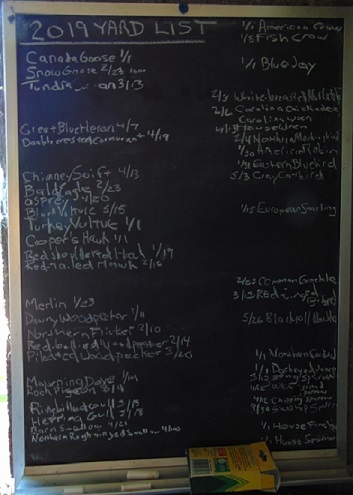
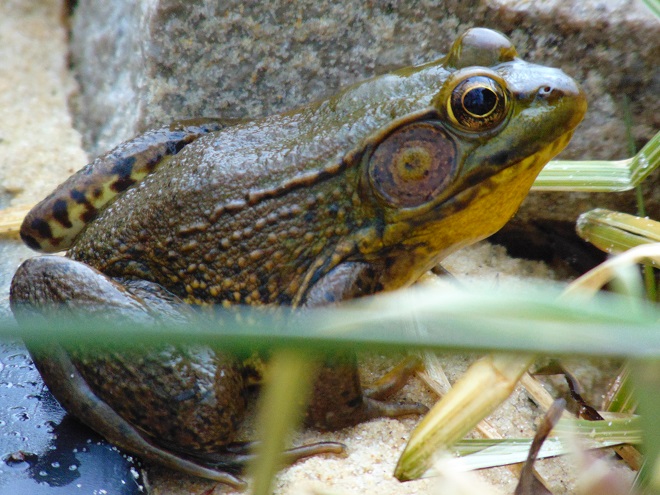
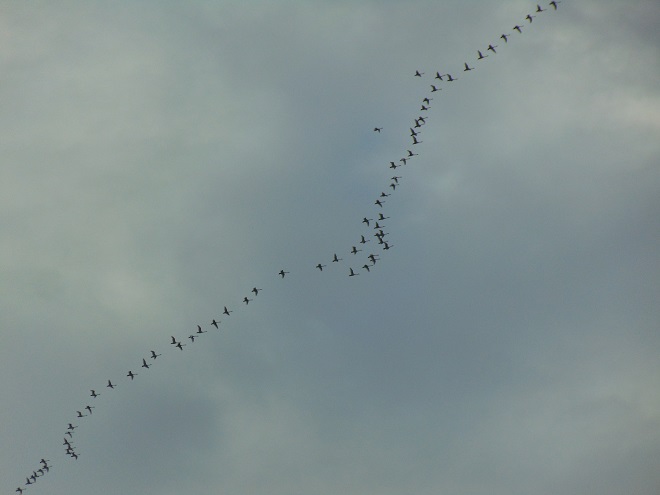
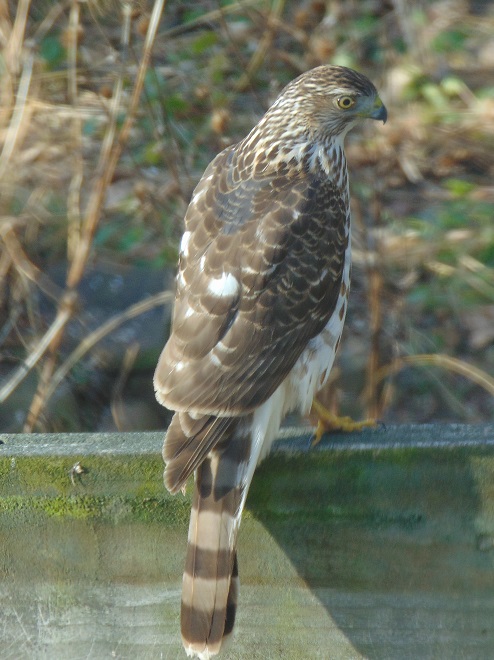
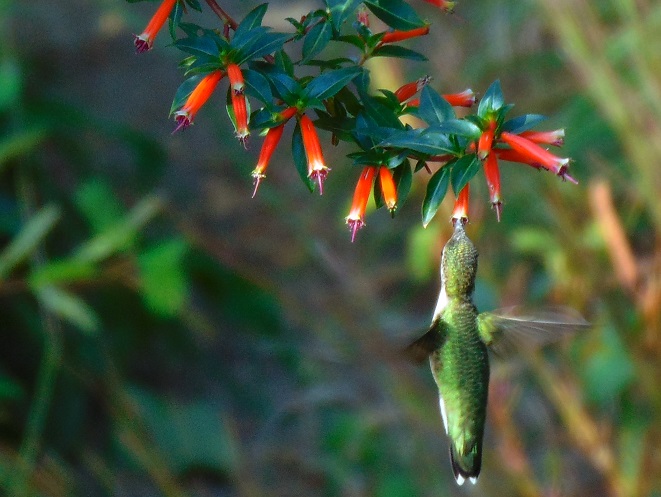
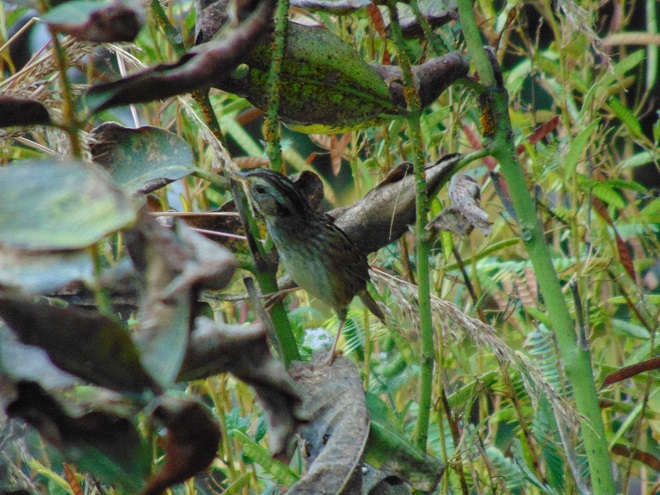
Before putting the folder back into the drawer for another year, the editor decided to count up the species totals on each of the sheets and load them into the chart maker in the computer.
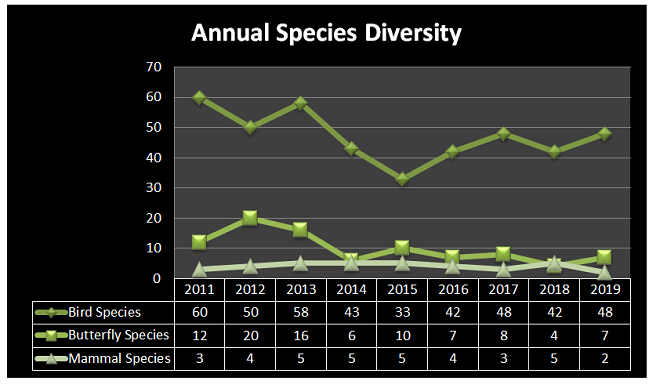 Despite the habitat improvements in the garden, the trend is apparent. Bird diversity has not cracked the 50 species mark in 6 years. Despite native host plants and nectar species in abundance, butterfly diversity has not exceeded 10 species in 6 years.
Despite the habitat improvements in the garden, the trend is apparent. Bird diversity has not cracked the 50 species mark in 6 years. Despite native host plants and nectar species in abundance, butterfly diversity has not exceeded 10 species in 6 years.
It appears that, at the very least, the garden habitat has been disconnected from the home ranges of many species by fragmentation. His little oasis is now isolated in a landscape that becomes increasingly hostile to native wildlife with each passing year. The paving of more parking areas, the elimination of trees, shrubs, and herbaceous growth from the large number of rental properties in the area, the alteration of the biology of the nearby stream by hand-fed domestic ducks, light pollution, and the outdoor use of pesticides have all contributed to the separation of the editor’s tiny sanctuary from the travel lanes and core habitats of many of the species that formerly visited, fed, or bred there. In 2019, migrants, particularly “fly-overs”, were nearly the only sightings aside from several woodpeckers, invasive House Sparrows (Passer domesticus), and hardy Mourning Doves. Even rascally European Starlings became sporadic in occurrence—imagine that! It was the most lackluster year in memory.
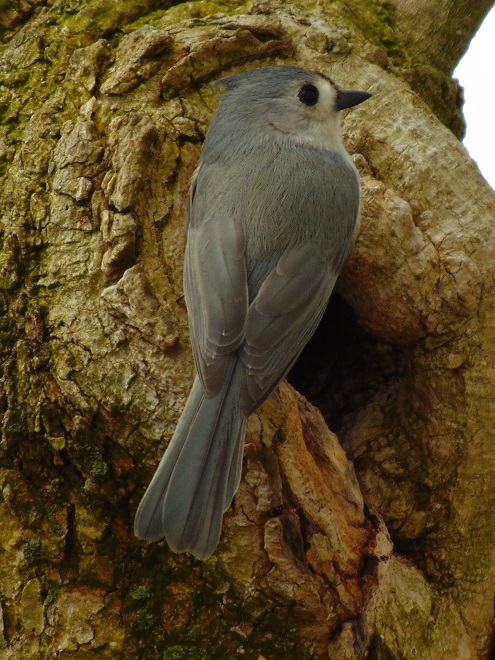
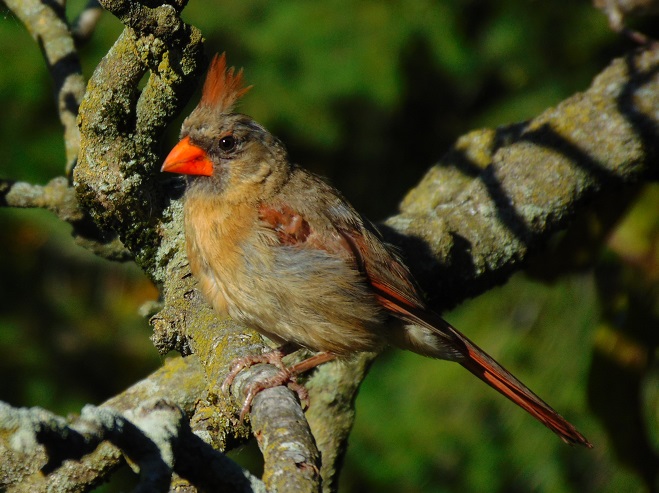
If habitat fragmentation were the sole cause for the downward trend in numbers and species, it would be disappointing, but comprehendible. There would be no cause for greater alarm. It would be a matter of cause and effect. But the problem is more widespread.
Although the editor spent a great deal of time in the garden this year, he was also out and about, traveling hundreds of miles per week through lands on both the east and the west shores of the lower Susquehanna. And on each journey, the number of birds seen could be counted on fingers and toes. A decade earlier, there were thousands of birds in these same locations, particularly during the late summer.
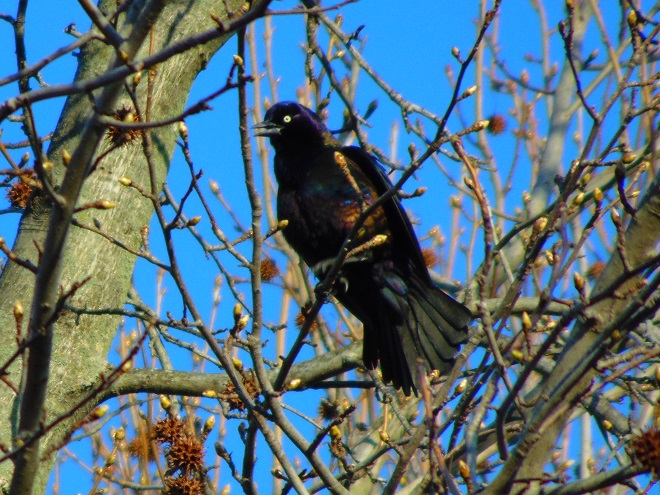
In the lower Susquehanna valley, something has drastically reduced the population of birds during breeding season, post-breeding dispersal, and the staging period preceding autumn migration. In much of the region, their late-spring through summer absence was, in 2019, conspicuous. What happened to the tens of thousands of swallows that used to gather on wires along rural roads in August and September before moving south? The groups of dozens of Eastern Kingbirds (Tyrannus tyrannus) that did their fly-catching from perches in willows alongside meadows and shorelines—where are they?
Several studies published during the autumn of 2019 have documented and/or predicted losses in bird populations in the eastern half of the United States and elsewhere. These studies looked at data samples collected during recent decades to either arrive at conclusions or project future trends. They cite climate change, the feline infestation, and habitat loss/degradation among the factors contributing to alterations in range, migration, and overall numbers.
There’s not much need for analysis to determine if bird numbers have plummeted in certain Lower Susquehanna Watershed habitats during the aforementioned seasons—the birds are gone. None of these studies documented or forecast such an abrupt decline. Is there a mysterious cause for the loss of the valley’s birds? Did they die off? Is there a disease or chemical killing them or inhibiting their reproduction? Is it global warming? Is it Three Mile Island? Is it plastic straws, wind turbines, or vehicle traffic?
The answer might not be so cryptic. It might be right before our eyes. And we’ll explore it during 2020.

In the meantime, Uncle Ty and I going to the Pennsylvania Farm Show in Harrisburg. You should go too. They have lots of food there.
